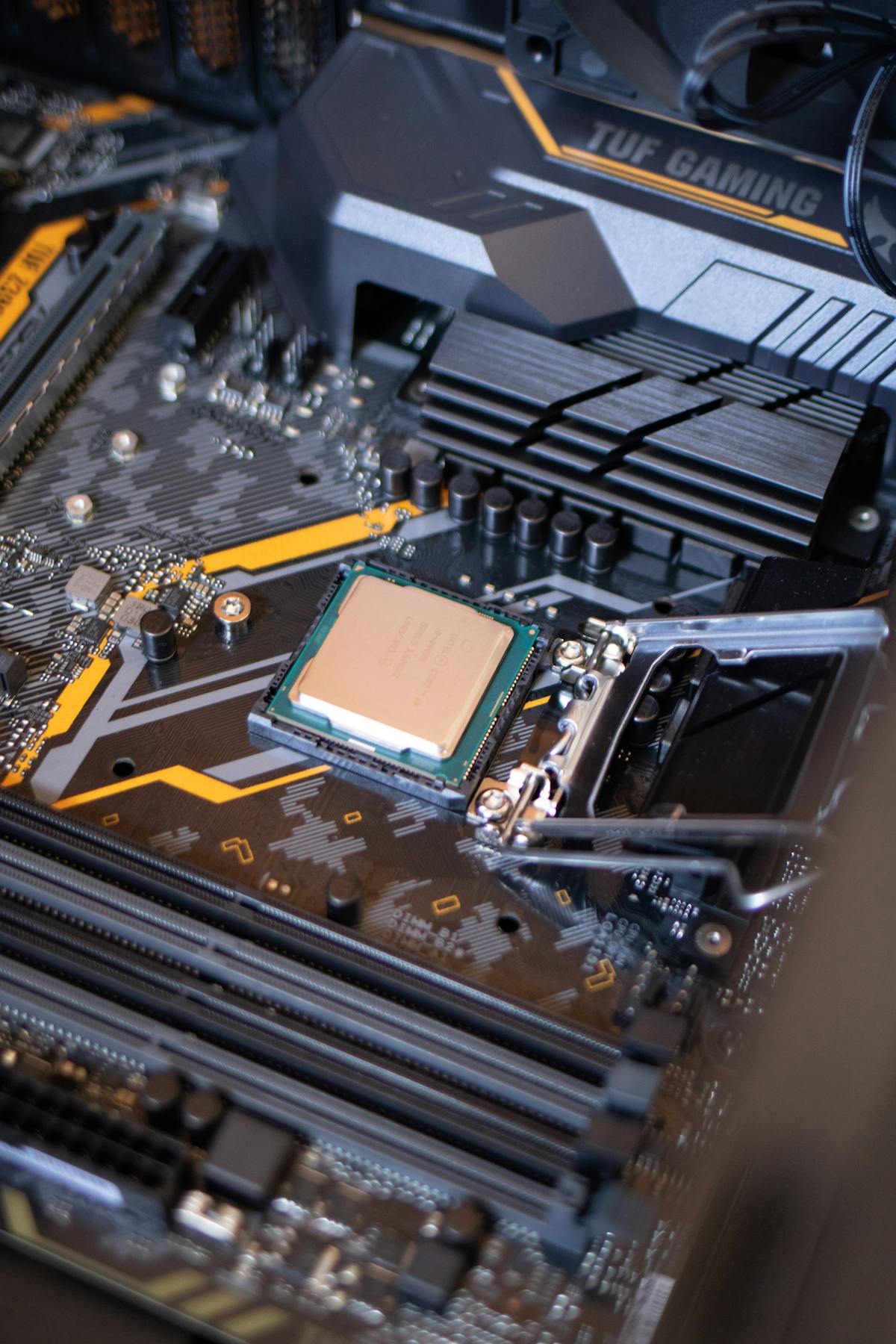Executive Summary: Retro Gaming & Y2K Nostalgia as a 2025 Content Engine
Retro gaming and early‑2000s (Y2K) nostalgia have evolved from niche interests into a sustained, cross‑platform content ecosystem in 2025. Video platforms such as TikTok and YouTube are saturated with “back to the 90s/2000s” formats, while Spotify and other streaming services surface throwback playlists and remixed hits from the era. This trend is driven by millennials and older Gen Z users who now have disposable income and a desire to reconnect with formative media, alongside younger audiences who discover these aesthetics for the first time.
From a strategic perspective, this nostalgia wave supports predictable engagement, fuels catalog music streams, and underpins a healthy market for retro hardware, mini‑consoles, remasters, and themed peripherals. At the same time, creators use this lens to critique modern gaming and always‑online life, contrasting complete, one‑time‑purchase cartridges with today’s microtransaction‑heavy live‑service titles. The result is a trend that is both emotionally resonant and commercially significant, and unlikely to fade in the short term.
Visual Overview: Retro Gaming & Early‑2000s Aesthetics
The retro gaming and Y2K resurgence is highly visual. Below are representative, royalty‑free images illustrating the hardware, interfaces, and moods that dominate current nostalgia‑driven content.





Trend Specifications: Platforms, Formats, and Core Elements
While this is a cultural trend rather than a product, it still exhibits consistent “specifications” that can be described in terms of platforms, content formats, and recurring technical or aesthetic features.
| Dimension | Details (2025) |
|---|---|
| Primary Platforms | TikTok, YouTube, Instagram Reels, Twitch (retro categories), Spotify, Apple Music, Deezer (throwback playlists). |
| Typical Video Length | 15–60 seconds for short‑form nostalgia edits; 8–40 minutes for YouTube essays and “replaying childhood console” content. |
| Common Hardware Focus | 4th–6th gen consoles, early handhelds, early‑2000s PCs, CRT monitors, flip phones, MP3 players, Walkman/Discman, early digital cameras. |
| Visual Treatments | VHS filters, interlaced scanlines, 4:3 aspect ratio, low‑resolution textures, neon gradients, skeuomorphic buttons, “classic Windows” and early Mac themes. |
| Audio Characteristics | 90s/2000s pop, hip‑hop, J‑pop/K‑pop, game soundtracks, chiptune; sped‑up / slowed‑down edits; sample‑based remixes; dial‑up and system sounds as stingers. |
| Commercial Outputs | Mini retro consoles, classic game collections, vinyl and cassette reissues, Y2K‑style fashion lines, limited‑edition controllers and themed peripherals. |
What Is Driving the Retro Gaming and Y2K Nostalgia Wave?
The current nostalgia cycle is not spontaneous; it is a predictable outcome of demographic shifts, platform economics, and a broader sense of cultural fatigue with always‑on digital life.
1. Demographic and Economic Factors
- Millennials and older Gen Z are entering peak earning years, with enough disposable income to re‑purchase childhood consoles, games, and media.
- Life‑stage transitions (moving, parenthood, career change) often trigger reflection and desire for “simpler times”, which nostalgia content conveniently supplies.
- Collecting and modding become structured hobbies, providing both technical challenges (e.g., HDMI mods, FPGA systems) and emotional rewards.
2. Algorithmic and Platform Dynamics
- High completion rates: Short, emotionally charged nostalgia clips often achieve excellent watch‑through, which algorithms tend to reward.
- Catalog monetization: Music platforms benefit when old tracks resurface and generate streams with minimal new marketing spend.
- Reusable assets: Creators can use existing public‑domain style sounds (dial‑up tones, UI bleeps) and legal game captures, lowering production costs relative to fully original concepts.
3. Cultural and Psychological Drivers
- Pre‑social‑media nostalgia: Many viewers are drawn to depictions of offline or semi‑offline childhoods, in contrast with today’s constant connectivity and performance pressure.
- Game design contrast: One‑time‑purchase cartridges and complete games are frequently contrasted with live‑service models, season passes, and microtransactions.
- Shared cultural memory: Widely known consoles and songs provide an immediate sense of community across regions and backgrounds.
“I tried my childhood console again” has become both a video format and a shorthand for revisiting a less fragmented media environment.
Dominant Content Formats: From “I Tried My Childhood Console” to Y2K Aesthetic Edits
The trend manifests in relatively stable content formats, each with different technical and storytelling requirements.
1. Personal Return Journeys
- “I tried my childhood console again” videos mix unboxing, restoration, gameplay, and commentary on what has aged well or poorly.
- Typically shot in 1080p or 4K but overlaid with CRT filters, scanlines, or 4:3 framing to evoke the original experience.
- Use of capture cards and original hardware versus emulation is often discussed explicitly for authenticity.
2. Reaction and Archive‑Mining Content
- “Reacting to old game commercials” and magazine ads uses archival footage and scans, adding commentary on how gaming was marketed to kids.
- Creators often insert media literacy discussions—gender roles, tech optimism, and the framing of violence or competition in marketing.
3. Setup and Modding Builds
- “Building the ultimate retro gaming setup” focuses on cable management, upscalers, CRT sourcing, and display latency.
- FPGA‑based devices, OSSC/RetroTINK‑style upscalers, and HDMI‑modded consoles are commonly showcased, with input lag and color accuracy as evaluation criteria.
4. Y2K Aesthetic and Mood Edits
- Use VHS filters, grain, and chromatic aberration to simulate old camcorder footage or early digital cameras.
- Integrate flip phones, dial‑up sounds, MSN/AIM‑style chat UIs, and vintage Windows/Mac desktops as visual motifs.
- Often paired with sped‑up or slowed‑down 90s/2000s tracks that then trend on streaming platforms.
The Central Role of Music: Throwbacks, Remixes, and Algorithmic Feedback Loops
Music is the backbone of the nostalgia trend. Legacy tracks from the late 1990s and early 2000s are resurfacing through remixes, interpolations, and viral short‑form clips, often out‑performing new releases on some metrics.
- Throwback playlists such as “90s Hits”, “Y2K Mix”, and “Retro Gaming OST” are prominently featured on streaming homepages.
- New artists sample recognizable hooks from older hits, producing tracks that feel both familiar and current.
- TikTok sounds built from sped‑up or slowed‑down 90s/2000s songs drive listeners to the originals, creating a measurable spike in catalog streams.
This creates an algorithmic feedback loop:
- Nostalgia edit uses older track → gains short‑form virality.
- Users search for the full song → streaming platform logs renewed interest.
- Song is added to editorial and algorithmic playlists → further boosts plays.
- Labels notice the spike → invest in remasters, anniversary editions, and themed campaigns.
Visual Aesthetics: VHS Filters, CRT Glow, and Early‑Internet Interfaces
Nostalgia content depends heavily on visual language. Even when captured with modern cameras and displays, creators intentionally degrade or stylize footage to mimic pre‑HD eras.
- VHS and CRT simulations: Scanlines, bloom effects, jitter, and chroma noise approximate analog displays.
- UI recreations: Start menus, desktop icons, instant‑messaging chat windows, and early browser chrome are recreated with high fidelity.
- Y2K design motifs: Metallic gradients, pixel fonts, animated cursors, and early web “button” styles appear in overlays and transitions.
From a technical viewpoint, most of these effects are applied via:
- Mobile apps offering filter packs specialized for VHS/retro looks.
- Desktop non‑linear editors using LUTs, overlays, and compositing.
- Real hardware capture from CRTs using cameras, which purists argue is the most accurate representation of how old games actually appeared.
Beyond Aesthetics: Social Commentary and Critical Nostalgia
Not all nostalgia content is purely celebratory. A substantial subset is explicitly reflective or critical, using retro themes as a framework to analyze how games, the internet, and social life have evolved.
- Offline vs. always‑online childhoods: Creators compare playground meetups, local multiplayer, and memory cards with today’s matchmaking, cloud saves, and social feeds.
- Monetization critique: Single‑purchase cartridges and complete games are contrasted with battle passes, cosmetics, and gacha systems.
- Interface and attention design: Old operating systems and consoles are used as counter‑examples to modern notification‑dense UI.
Nostalgia content often doubles as an accessible form of media history, illustrating how design and business models have shifted over 30 years.
Commercial Implications: Remasters, Retro Hardware, and Brand Campaigns
The sustained intensity of nostalgia content has clear commercial consequences for game publishers, hardware manufacturers, music rights holders, and non‑gaming brands.
1. Games and Hardware
- Re‑releases and remasters: Classic titles are reissued with improved resolutions and quality‑of‑life updates across current platforms.
- Mini consoles and compilations: All‑in‑one devices and curated classic collections sell reliably when tied to milestone anniversaries.
- Peripherals and accessories: Retro‑styled controllers, arcade sticks, and CRT‑like monitors see renewed demand among enthusiasts.
2. Music and Licensing
- Legacy catalogues benefit from longer revenue tails as old tracks continue to chart via social media cycles.
- Sync licensing for nostalgia‑heavy campaigns becomes more competitive and potentially more expensive.
3. Cross‑Industry Marketing
- Fashion, beverage, and consumer‑tech brands deploy Y2K‑themed campaigns with neon gradients, low‑res textures, and retro logos.
- Collaborations with well‑known retro creators help brands avoid superficial or inauthentic references.
Methodology: How This Trend Assessment Was Conducted
This analysis synthesizes observational data, platform‑level signals, and creator behavior rather than controlled lab measurements. The goal is to identify durable patterns rather than short‑term spikes.
- Platform sampling: Survey of TikTok, YouTube, and Twitch categories related to retro gaming, Y2K aesthetics, and 90s/2000s music over multiple weeks up to late 2025.
- Content taxonomy: Manual classification of trending videos into formats such as “return journeys”, “reaction”, “setup/modding”, and “aesthetic edit”.
- Cross‑checking with public data: Use of visible charts, trending sections, and publicly reported catalog streaming surges from music platforms and industry reports where available.
This approach inevitably has limitations—it prioritizes publicly visible signals and cannot fully account for private playlist listening or region‑locked content. Nonetheless, the consistency of findings across platforms suggests that the core conclusions are robust.
Advantages and Limitations of the Nostalgia‑Driven Content Wave
Like any dominant cultural pattern, the retro gaming and Y2K trend brings both clear benefits and structural risks for creators, platforms, and audiences.
Strengths
- High emotional resonance and shareability.
- Rich archive of games, music, and images to draw from.
- Supports long‑tail monetization of existing IP.
- Accessible entry point for new creators with modest budgets.
Weaknesses / Risks
- Potential over‑reliance on nostalgia at the expense of originality.
- Fragmentation between “authentic” enthusiasts and trend‑chasing content.
- Licensing and copyright complexity for music and footage.
- Risk of misrepresenting or simplifying historical context.
Practical Recommendations: How Different Users Can Engage with the Trend
The optimal way to leverage the nostalgia wave depends on your role: creator, brand, or everyday user. Below are targeted, technically grounded suggestions.
For Content Creators
- Combine personal history with research—include dates, hardware specs, and development trivia to add depth.
- Use legal audio sources (licensed tracks, platform libraries, or original compositions) to avoid takedowns.
- When possible, capture from original hardware and CRTs to stand out among filter‑only recreations.
For Brands and Marketers
- Partner with established retro communities and historians to avoid superficial or inaccurate references.
- Ensure accessibility: even when using VHS filters or low‑res effects, provide clear text, captions, and high‑contrast layouts to align with WCAG 2.2 guidelines.
For Everyday Users
- Treat nostalgia as a way to explore media history, not just relive favorites—seek out lesser‑known games and tracks from the era.
- Be mindful of rose‑tinted bias; older systems had limitations and problems that can be instructive to remember.
Verdict: A Durable, Evolving Nostalgia Infrastructure
The retro gaming and Y2K nostalgia trend in 2025 is best understood as an infrastructure rather than a passing fad. It aggregates emotional memory, accessible archives, and commercially valuable IP into a set of highly repeatable content patterns.
For platforms, it offers reliable engagement and catalog monetization. For creators, it supplies an endless well of reference material—provided they add genuine insight or craft. For audiences, it offers a way to process rapid technological change and compare past and present media landscapes.
Looking forward, the most sustainable nostalgia content will likely:
- Blend archival footage with new reporting, interviews, or analysis.
- Experiment with interactive elements such as emulated experiences and VR recreations.
- Document not only flagship consoles and hits but also local and niche histories.
